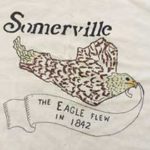
Eagle Feathers #242 – The Neck
By Bob (Monty) Doherty
When first settled, the pear-shaped peninsula of Charlestown reached out toward the great basin of Boston’s Back Bay. At its stem or neck was a low, narrow strip of land. When it overflowed at high tide, the town became an island. At its low ebb, the town became a peninsula connecting with “Charlestown Beyond the Neck” or today’s Somerville. The tidal flows emanated from the Mystic River on the north and the Charles River on the south. The historic nature of this narrow strip of land is far reaching.
*
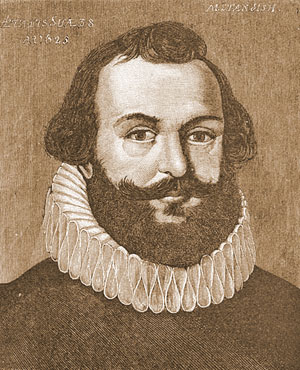 *
*
- In 1622, Myles Standish was the protector of the Pilgrims and the first European to explore Somerville. He was successful in his mission after crossing the “neck” to create friendships with non-hostile Indians. It was at this time that the first Thanksgiving dinner was celebrated in Plymouth. Ninety Native Americans, Captain Standish and 51 other colonists hailed their newfound friendship and partnership … Thanksgiving Day!
- The sound of the herdsman’s horn was familiar in early Charlestown’s history. The neck area from the Mystic River to the Charles River Basin was once fenced in to keep cattle and wild beasts from straying into town. Wolves were widespread and bounties were paid or taxes lowered in exchange for their elimination. Somerville was Charlestown’s cow common. A herdsman did his job for 50 bushels of Indian corn per year.
*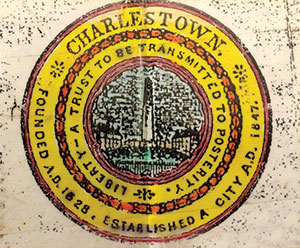
*
- On the night of April 18, 1775, Paul Revere and his steed galloped over the neck in a patriotic quest. After near capture by British cavalry, he reversed his ride, skirting the neck again and rode over Winter Hill and onto Lexington.
- Most Americans are aware that the battle of April 19, 1775 began in Lexington and Concord. Yet, few are aware that it ended in what is now Somerville. The last casualty that day was thirteen-year-old Edward Barber who was shot by the British. He had been looking through his family’s upper window as the English troops retreated across the neck.
*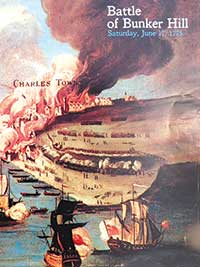 *
* - From the beginning, during, and after its end, the “neck” played a pivotal position in The Battle of Bunker Hill on June 17, 1775. A great part of the Colonial Army never arrived at the seat of battle. Furious cannonading from the British Fleet across the neck and raking gunfire into East Somerville left any crossing attempt defenseless.
Sullivan Square was named for James Sullivan, the popular fifth Governor of Massachusetts and founder of the Middlesex Canal. For fifty years this marathon-length canal brought the historic Concord River water and supplies from Lowell to the Charlestown neck.
*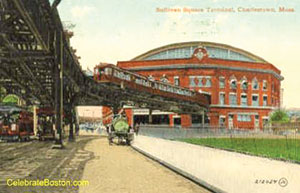 *
*
Of note, The Boston Marathon was originally planned along this route. At this section of the neck, a beautiful nineteenth century park and fountain once honored him. For over 170 years, from horses and ferries, to horse-drawn and electric trolleys, to buses and trains, Sullivan Square has been a transportation hub … Paul Revere would be proud.















Reader Comments